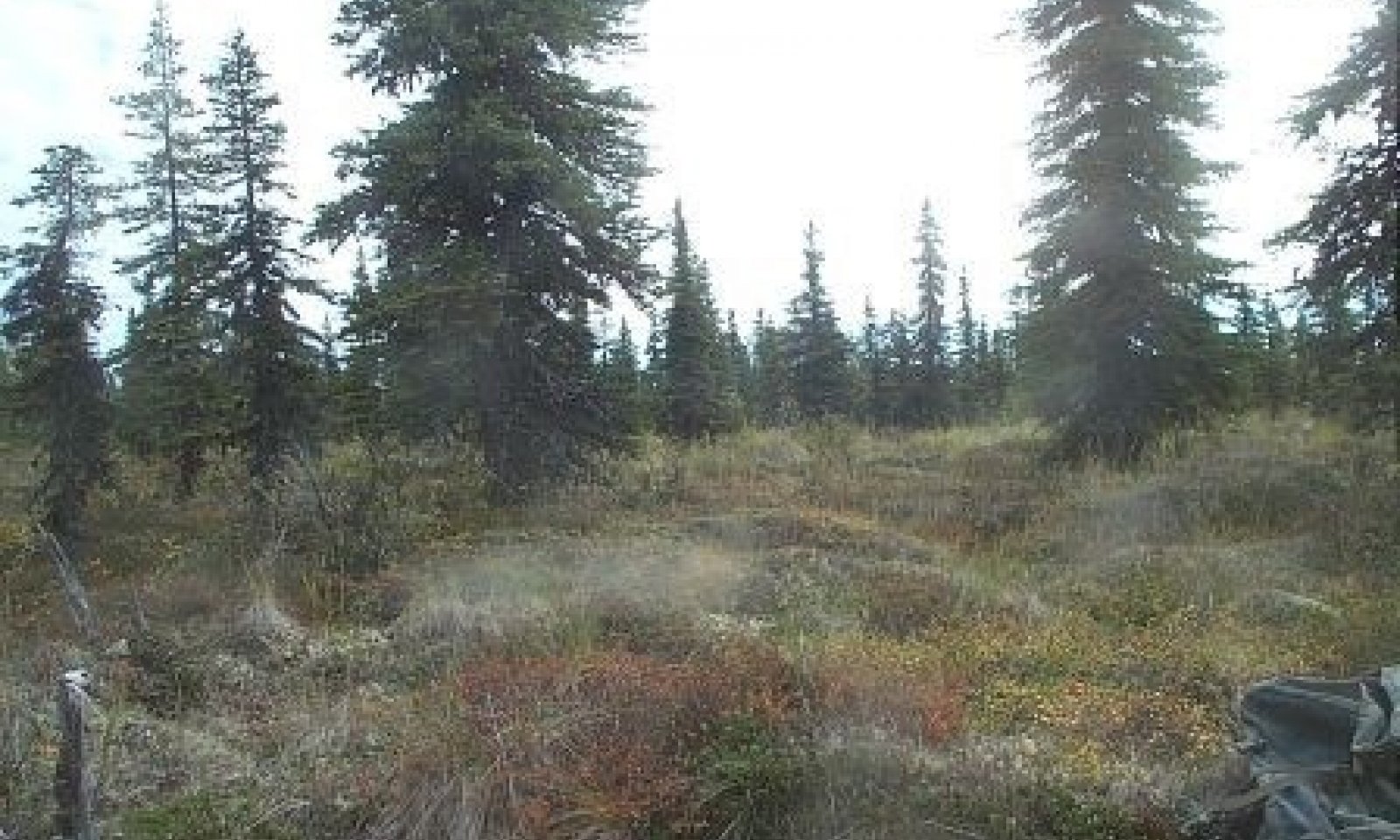
Boreal Woodland Loamy Stream Terraces
Scenario model
Current ecosystem state
Select a state
Management practices/drivers
Select a transition or restoration pathway
-
Transition T1A
Cultural/agronomic land use.
More details -
Restoration pathway R2A
Cultural/agronomic land use recovery.
More details -
No transition or restoration pathway between the selected states has been described
Target ecosystem state
Select a state
State 1
Reference State


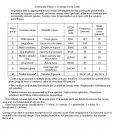



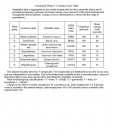
Description
The reference state supports three community phases, which are distinguished by the developed structure and dominance of the vegetation and by their ecological function and stability. The reference community phase is a needleleaf woodland. The presence of each community is dictated temporally by fire.
This report provides baseline inventory data on the vegetation. Future data collection is needed to provide further information about existing plant communities and the disturbance regimes that result in transitions from one community to another. Common and scientific names are from the USDA PLANTS database. Community phases are characterized by the Alaska Vegetation Classification System (Viereck et al., 1992).
Submodel
State 2
Cultural/Agronomic State
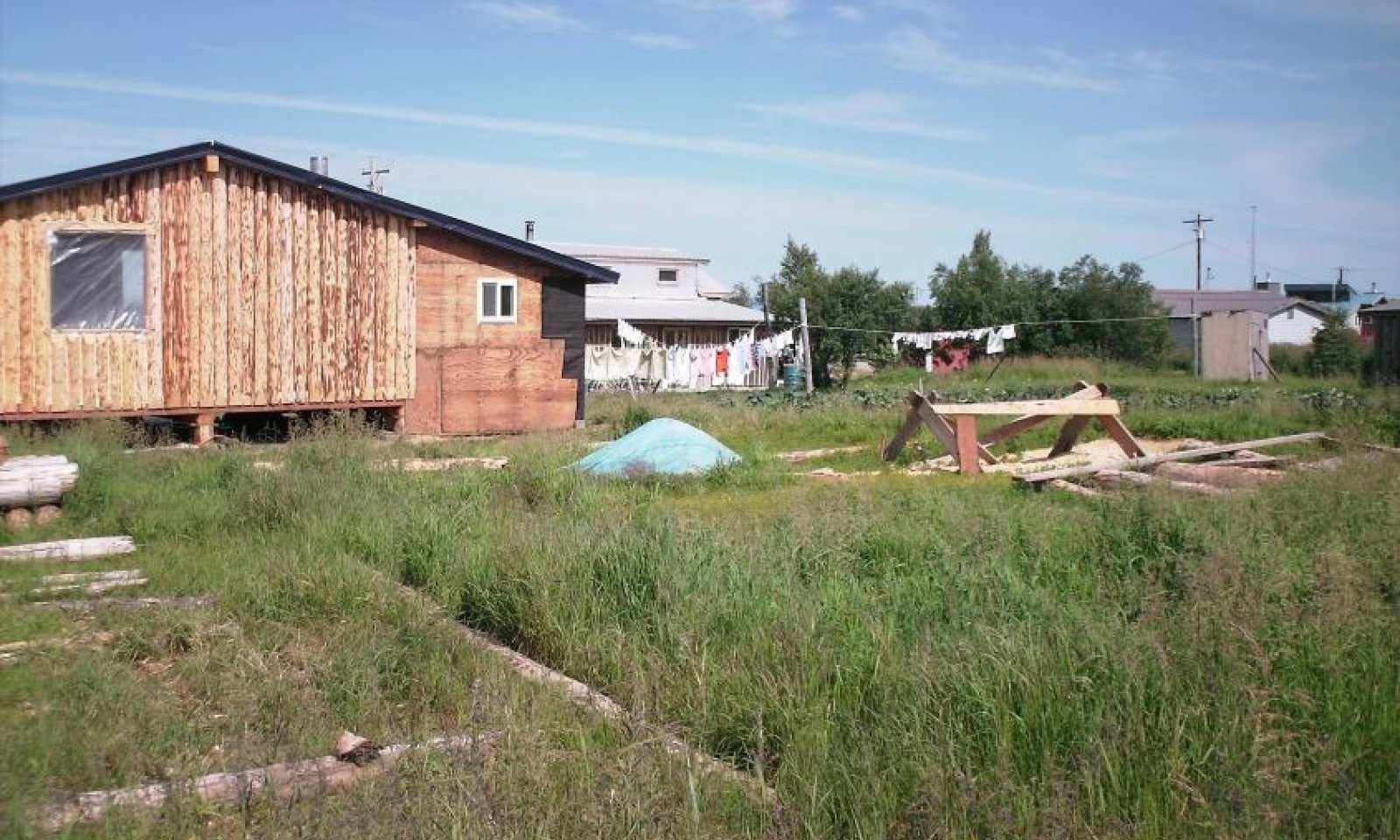

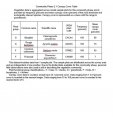
Description
This alternate state is a result of land clearing near and in villages and towns. Trees and shrub are cleared by machinery. Areas surrounding buildings and those that have been cleared for lawns or agricultural uses, such as apiaries, are included.
This disturbance generally transitions the vegetation to community phase 2.1. Commonly, these areas are mowed to keep graminoids and forbs at a maximum height. Replanting may revert this state to the reference state, but field data of this hypothesized transition are not available.
Submodel
Mechanism
Clearcutting in villages and towns causes this transition. This disturbance is drastic, which suggests no threshold allows the plant community to remain in the reference state. Continued mowing of this grassland community, as described by community phase 2.1, keeps this plant community stable.
Mechanism
It is hypothesized that alternate state 2 will return to the reference state if mowing and other anthropogenic disturbances are ceased. Standing shrubs and trees in nearby areas and an existing seed bank support recolonization. A full transition back to the reference state may require planting of native species. The period needed for this transition depends on factors such as the extent of the original clearing, previous and current land uses, cessation of anthropogenic disturbance, and period without natural fire.
Model keys
Briefcase
Add ecological sites and Major Land Resource Areas to your briefcase by clicking on the briefcase (![]() ) icon wherever it occurs. Drag and drop items to reorder. Cookies are used to store briefcase items between browsing sessions. Because of this, the number of items that can be added to your briefcase is limited, and briefcase items added on one device and browser cannot be accessed from another device or browser. Users who do not wish to place cookies on their devices should not use the briefcase tool. Briefcase cookies serve no other purpose than described here and are deleted whenever browsing history is cleared.
) icon wherever it occurs. Drag and drop items to reorder. Cookies are used to store briefcase items between browsing sessions. Because of this, the number of items that can be added to your briefcase is limited, and briefcase items added on one device and browser cannot be accessed from another device or browser. Users who do not wish to place cookies on their devices should not use the briefcase tool. Briefcase cookies serve no other purpose than described here and are deleted whenever browsing history is cleared.
Ecological sites
Major Land Resource Areas
The Ecosystem Dynamics Interpretive Tool is an information system framework developed by the USDA-ARS Jornada Experimental Range, USDA Natural Resources Conservation Service, and New Mexico State University.

